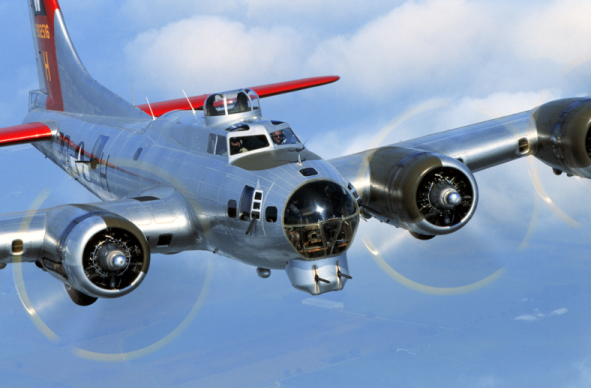I'm pretty early in my training and as I'm reading PHAK, I feel... a little like an idiot. The concepts are explained pretty clearly.
But I'm never really sure that I "get" it.
So,
The plane has a left tendency during take off, one reason is because the descending propeller meets the relative wind at a higher angle of attack than the ascending blade. It takes a bigger bite of air and this causes it to yaw to the left. It creates more lift.
Right?
Well, lets say that I read that and understood that.
I would still have a ton of other questions not explained in the text. Is that normal?
Things like:
Why does the tip of the blade move faster than the center of the blade?
(It might be well known and accepted but I just don't understand why and
I can't seem to find the answer anywhere! )
If the cord line of the prop is the measurement of the blade, where do you even measure that?! the whole thing is curved and twisted about it itself.
Maybe I'm over thinking it.
I literally spend every free moment studying, reading and thinking about this stuff.
I stay up until 4 or 5 in the morning at least 3 times a week going over this.
The PHAK is written by the FAA so, I would hope everything I need to know is inside it but, If the Oral exam is a 2 or 3 hour ordeal, the idea that the examiner might say:
" so, why does the outside of the propeller go faster than the hub?" or, " why does the angle of attack change with true airspeed ?" seems pretty certain to me.
I feel like I NEED to know all of this stuff backwards and forward.
Did any of you guys ever feel this way?
But I'm never really sure that I "get" it.
So,
The plane has a left tendency during take off, one reason is because the descending propeller meets the relative wind at a higher angle of attack than the ascending blade. It takes a bigger bite of air and this causes it to yaw to the left. It creates more lift.
Right?
Well, lets say that I read that and understood that.
I would still have a ton of other questions not explained in the text. Is that normal?
Things like:
Why does the tip of the blade move faster than the center of the blade?
(It might be well known and accepted but I just don't understand why and
I can't seem to find the answer anywhere! )
If the cord line of the prop is the measurement of the blade, where do you even measure that?! the whole thing is curved and twisted about it itself.
Maybe I'm over thinking it.
I literally spend every free moment studying, reading and thinking about this stuff.
I stay up until 4 or 5 in the morning at least 3 times a week going over this.
The PHAK is written by the FAA so, I would hope everything I need to know is inside it but, If the Oral exam is a 2 or 3 hour ordeal, the idea that the examiner might say:
" so, why does the outside of the propeller go faster than the hub?" or, " why does the angle of attack change with true airspeed ?" seems pretty certain to me.
I feel like I NEED to know all of this stuff backwards and forward.
Did any of you guys ever feel this way?




